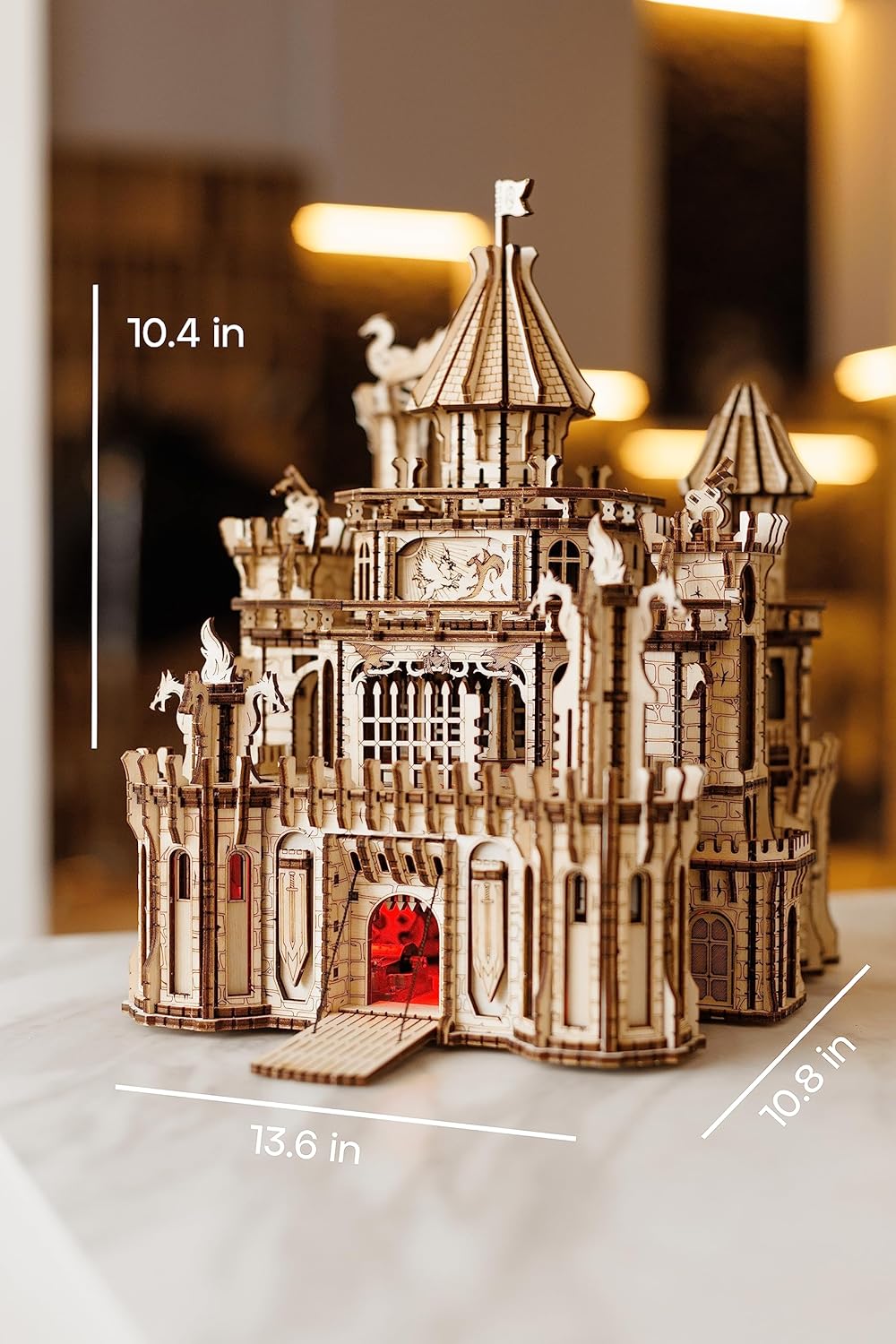List of 10 Biggest Castles in Europe
Edinburgh Castle, Scotland
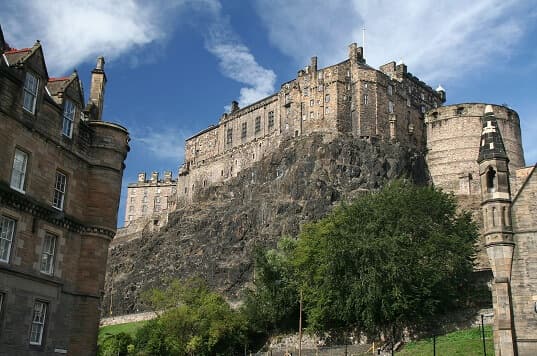
The earliest history of Scotland's largest castle which, however, is much smaller from the Windsor Castle is not exactly clear. It is known that a royal residence stood on the site of the present-day castle at least in the 12th century and that it served as a royal residence until the early 17th century. However, its importance began to decline a lot earlier and at the time of the Union of the Crowns in 1603, its main purpose was that of a military base rather than the residence of the royal family.
Malbork Castle, Poland
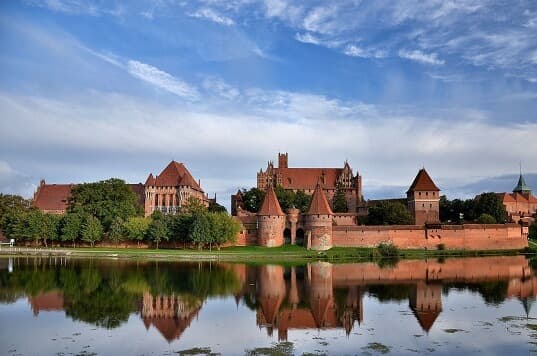
Also known as the Castle of the Teutonic Order in Malbork is the biggest castle not only in Europe but in the entire world. The castle which covers an area of 21 hectares (the outermost castle walls) was built by the Teutonic Knights in 1406. It served as the headquarters of the Order until the mid 15th century when it was deserted due to financial difficulties that were provoked by the Thirteen Years' War (1454-66). After the end of the Thirteen Years' War, the Malbork Castle was captured by Poland and served as one of several residences of the Polish kings until 1770s.
Prague Castle, the Czech Republic

History of one of the most impressive castles in Europe dates back to the 9th century. The castle which was the site of several important events in both Czech and European history including the Second Prague Defenestration which led to the Thirty Years' War (1618-48). From 1918 until World War II, it served as the seat of the president of the Czechoslovak Republic. Since the separation of the Czech Republic and Slovakia in 1992, it serves as the official residence of the Czech Head of State but it is open to visitors.
Burghausen Castle, Germany
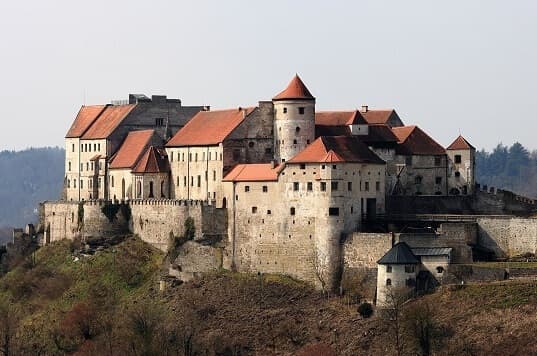
The third biggest castle in Europe and Europe's longest castle complex dates back to the 10th century. After the death of the last Count of Burghausen in 1168, the castle was acquired by the House of Wittelsbach and the future Dukes, Electors, and Kings of Bavaria (until 1918) with two of them being elected Holy Roman Emperors, one as King of Germany. The family also gave one King of Hungary, one King of Denmark and Norway and one King of Greece.
Buda Castle, Hungary
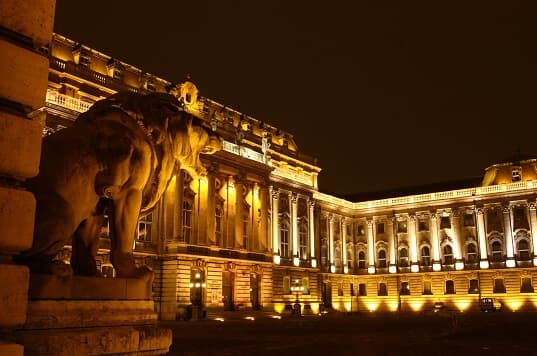
The castle and palace complex is located atop of a hill on the western bank of the Danube River in the former city of Buda which was united with Pest into Budapest in 1873. It was built by the Hungarian King Bela IV in the mid-13th century as a royal residence but the oldest parts of the present-day Buda Castle date from the reign of Louis I of Hungary (1342-1382). However, only fragments are preserved from this period as well as from the later medieval additions. Most of the castle's present-day appearance dates to the 18th and 19th century.
Windsor Castle, England

England's biggest and Europe fourth biggest castle is one of the most popular residences of the royal family and is the longest-occupied castle in Europe. It was built shortly after the Norman conquest of England in 1066 and is used as a royal residence since the reign of Henry I (1100-1135). But despite the fact that it is still used as a royal residence, it is open to visitors. However, it is worth to check the opening hours because there may be changes due to state visits or similar events.
Hohensalzburg Castle, Austria
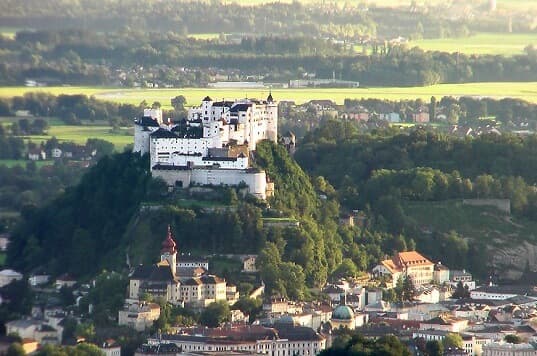
The castle that sits atop a hill overlooking the city of Salzburg has a nearly 1,000 years-long history. From its construction in the 11th century until the Napoleonic Wars in the early 19th century, the Hohensalzburg castle served as a residence of the Salzburg Archbishops. They never returned after the fall of the castle to the French and at the end of the 19th century, it began to attract the first visitors. Although it was used as a prison for Italian soldiers during World War I for Nazis in the 1930s, it is one of the best preserved medieval castles.
Spis Castle, Slovakia
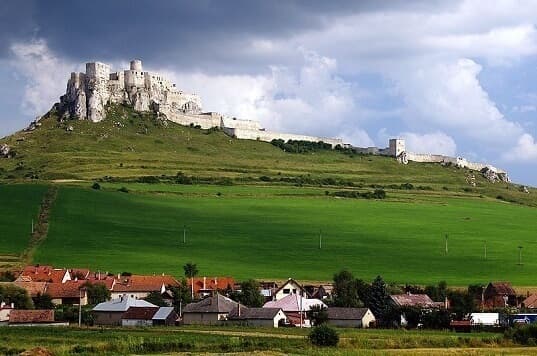
The large castle complex which covers an area of 4.1 hectares was built in the 12th century and served as an administrative, political and economic center of the Kingdom of Hungary. After the mid-15th century, the castle passed from the royal ownership to the Zapolya family which used it as their residence less than one century. The Spis Castle changed its owners for two more times before it became state-owned (in 1945). Its last owners before the state of Slovakia, the Csaky family abandoned the castle already in the early 18th century.
Rheinfels Castle, Germany
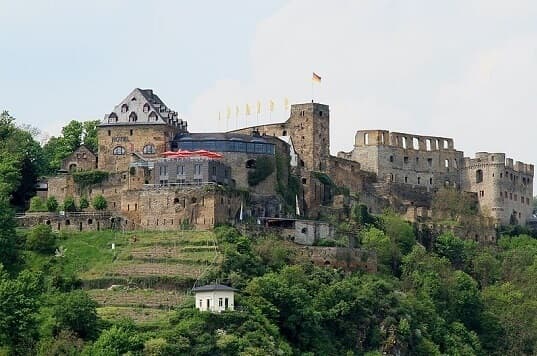
The imposing castle overlooking the Rhine River in the town of Sankt Goar in Rhineland-Palatinate was built by Count Diether V (Katzenelnbogen) in the mid-13th century but it went through several alterations in the following centuries. It was mostly destroyed by Napoleon's troops in 1797. In 1843, it was bought by the later Wilhelm I of Germany in order to prevent further decay. Since 1925, it is owned by the town of Sankt Goar. Only about one-third of the original castle is preserved.
Kenilworth Castle, England
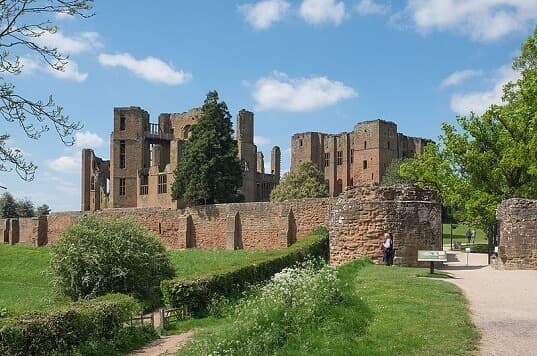
History of the second largest castle in England dates back to the 11th century but the construction works continued through the Tudor period (1485-1603). The Kenilworth Castle which is today mostly in ruins was damaged beyond repair during the English Civil War (1642-1651) by the Parliamentary forces. Since 1958, the castle is owned by the city of Kenilworth (it was donated to the city by its owner Cyril Davenport Siddeley). From 1984, it is managed by the English Heritage.
